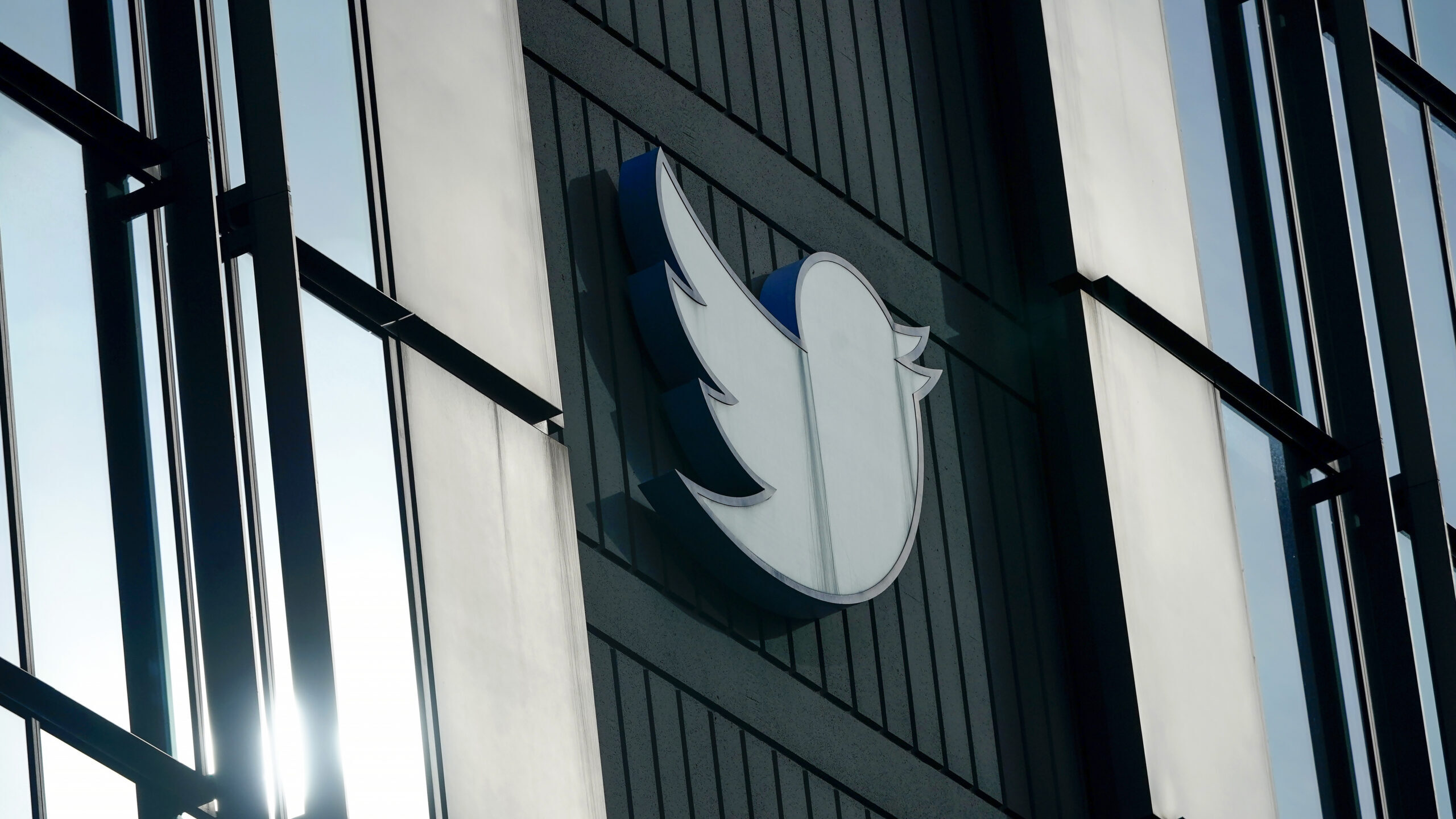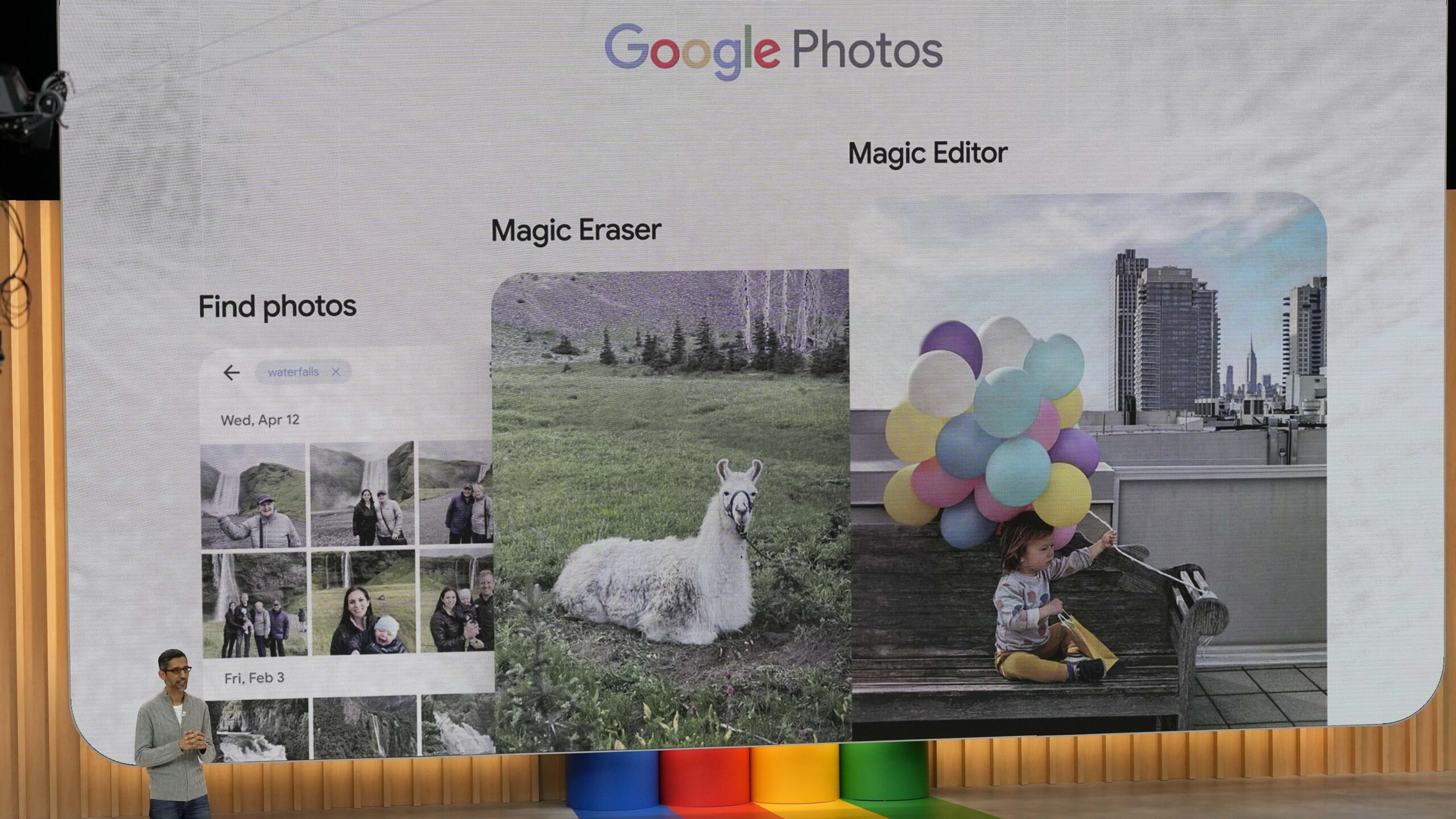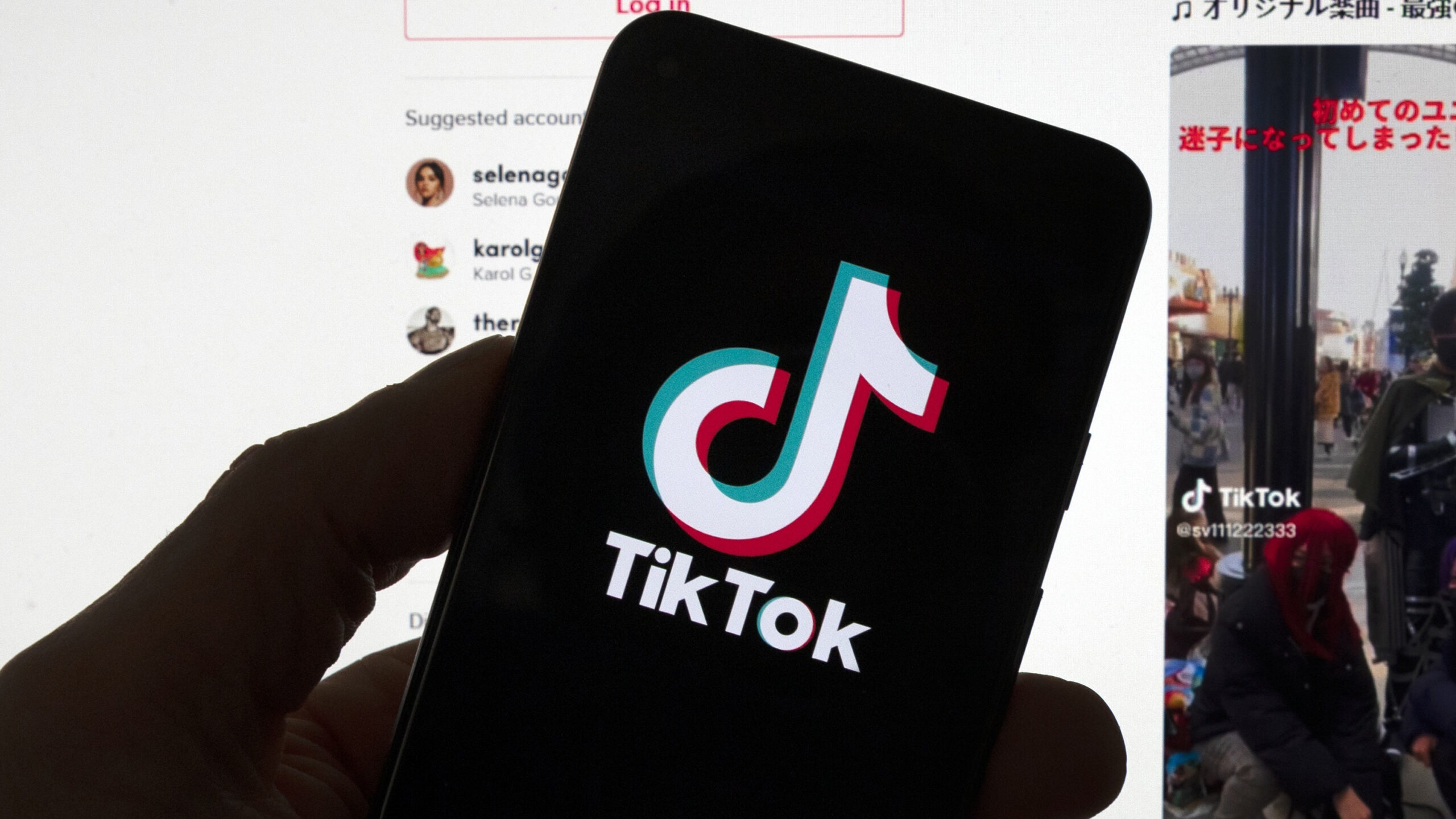SCIENCE + TECHNOLOGY
The 40-year evolution from :-) to 😂, what emojis offer that words can’t
Sep 20, 2022, 9:00 AM

Forty years ago, Scott Fahlman typed what is considered the first emoticon. Today there are thousands of emojis, but digital expression remains a work in progress. (leah abucayan/cnn)
(leah abucayan/cnn)
(CNN) — At 11:44 a.m. on September 19, 1982, Scott Fahlman made internet history by stitching together a colon, a hyphen and a close parenthesis.
Fahlman, a computer science professor at Carnegie Mellon University, posted “: – )” on the school’s online bulletin board, a primitive kind of social network accessible only by others on the university’s closed intranet and limited to text only.
With that smiley face, which has been dubbed the “first digital emoticon” by Guinness World Records and served as a precursor to emojis, Fahlman attempted to solve a familiar problem to today’s internet users: conveying sarcasm online.
“Somebody would say something that was meant to be sarcastic. Among many readers, one person wouldn’t get the joke and would respond with anger, hostility, and pretty soon the initial discussion had disappeared, and everybody was arguing with everyone,” Fahlman told CNN Business. “When you’re on a text-only internet medium, people can’t tell if you’re kidding or not. There’s no body language, no facial expressions.”
In the 40 years since, emoticons and later emoji became central to our conversations online and sometimes offline. There are more than 3,600 emojis available for users to express their every emotion and effectively address that original problem Fahlman identified — giving our words a deeper sense of embodiment, whether it be with a waving hand, a crying face or a curious character wearing a monocle.
“They offer things that words aren’t saying. They clarify that when you say ‘okay,’ what kind of okay is that?” said Jennifer Daniel, head of the Emoji Subcommittee for the Unicode Consortium, the non-profit that oversees emoji standards. “The things we do naturally face-to-face, like our body language, our intonation, our volume, eye contact.”
What started with a few punctuation marks typed on a college messaging board is now a global effort to expand our digital forms of expression, spanning staff at tech companies and Unicode as well as input from users. But decades later, it remains a work in progress.
The evolution from : – ) to 😂
It didn’t take long for the original emoticon and its many variations to spread beyond Carnegie Mellon. In those early days, winking faces, noseless smiles and open-mouth gasps emerged out of the classic colon, dash, parentheses grin.
But it would take time for emojis to catch on in the United States.
In the mid 1990s, NTT Docomo, a Japanese cell phone company, included a small black heart on pagers. By 1997, SoftBank, another Japanese firm, released a 90-character emoji set loaded onto a mobile phone model, but the graphics didn’t catch on until Docomo’s 176-character collection in 1999.
It was not until Unicode got involved that any expansion beyond Japan really took root. Unicode, which sets international technology standards to support different languages, took on the task of emoji standardization in 2010 at the request of tech companies like Apple and Google.
While there are now very clear guidelines for new emojis and user submissions, the early days of Unicode’s emoji standardization let in some more questionable options, including a middle finger character.
“That got into Unicode back in the day when there were fewer rules,” Jeremy Burge, founder of Emojipedia, told CNN Business. “Today, there’s a lot of rules, and they’re fairly well documented and new emojis do go through quite a rigorous process.”
Apple added an official emoji keyboard available outside Japan in 2011, a milestone that emoji experts credit as the true entrance of the characters into the American online lexicon. By 2015, the face with tears emoji (😂) was named the Oxford Dictionary’s word of the year. This emoji remains the favorite among US users, according to an Adobe study released this month.
“Having 3,000 or so little pictures you can include with a touch of a fingertip is like having 3,000 more bits of punctuation,” Burge said. “So while I think we’d managed without it, I don’t know why you would choose to live in a world where there are no emojis.”
The future of emoji
Even 3,000 may not be enough, however. Just as language evolves, so too have emoji.
Unicode puts out emoji set updates each September after sifting through submitted proposals and responding to global trends. Version 15.0.0, released Tuesday, added 20 emoji characters, including a hair pick, maracas and jellyfish. (Emoji updates roll out progressively across devices.)
But Unicode has also faced criticism over the years for its lack of race, gender, sexuality and disability representation in earlier emoji sets, leading to the release of five skin tone options in 2015’s Emoji 2.0 and two gender options for professions in 2016’s Emoji 4.0, according to Emojipedia. Accessibility emojis were added in 2019, as well as gender inclusive couple options.
The consortium relies on subcommittee members and emoji users to push the keyboard forward. Daniel, the first woman to run Unicode’s Emoji Subcommittee and a designer at Google, has been a champion for more inclusive emojis. She has promoted inclusive design adoption across companies so that a non-gendered police officer sent from a Samsung device isn’t received by an Apple user as a policeman.
While there are now thousands of emoji options, the main usage remains loyal to the original goal 40 years ago of adding a smile and some levity. “What you’re seeing across the board in terms of the most popular emojis that are used are amusement or humor or affection,” Keith Broni, editor in chief of Emojipedia, told CNN Business.
As for Fahlman, he uses emojis “very, very rarely.” Mostly, he said, “I prefer the little text ones, partly because they’re my babies.”
While Fahlman continues to work at Carnegie Mellon as a Professor Emeritus, researching artificial intelligence and its applications, he has given talks around the world on his emoticon creation and recognizes the continued interest in it. “I’ve reconciled myself to the fact that whatever my accomplishments are in artificial intelligence, this is what’s going to be the first sentence of my obit,” he said. “But it’s fun to be a little bit famous for something.”
The-CNN-Wire
™ & © 2022 Cable News Network, Inc., a Warner Bros. Discovery Company. All rights reserved.












